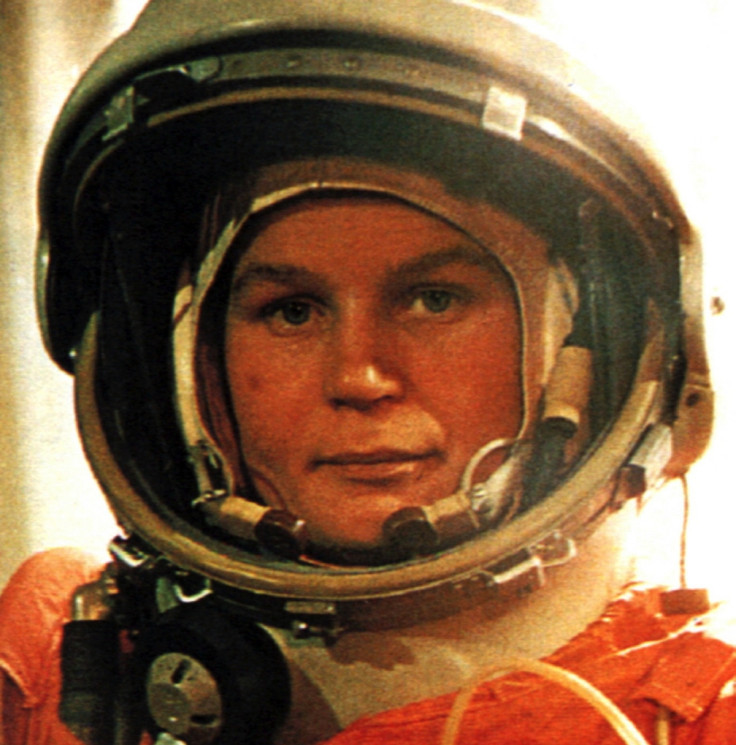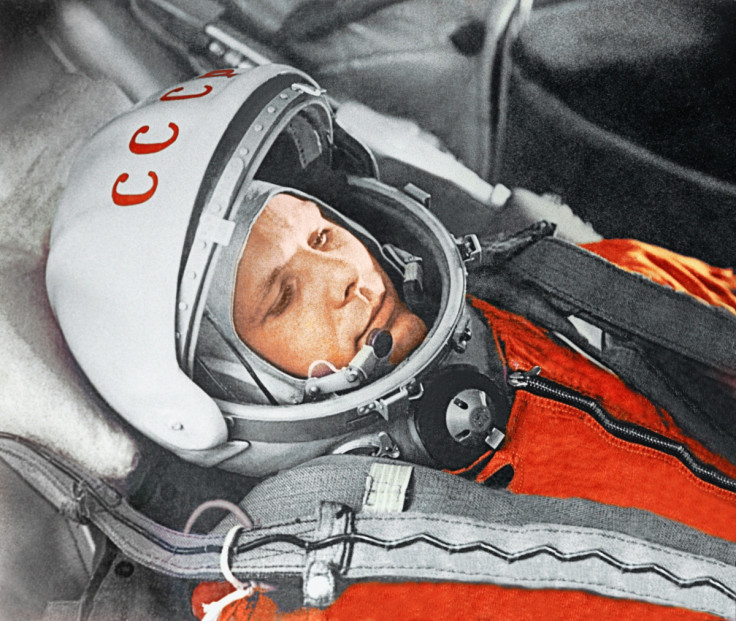Valentina Tereshkova: First woman in space reunites with Vostok-6 spacecraft at Science Museum show

Cosmonaut Valentina Tereshkova, the first woman to travel into space, is set to be reunited with the Vostok-6 spacecraft, which she piloted into space in June 1963. Cosmonauts: Birth of the Space Age, the Science Museum's new show, which opened on 18 September, is bringing together a collection of Russian spacecraft never seen outside Russia.
Tereshkova was chosen as she was an expert parachutist before joining the space programme, which was an essential skill for ejecting from the Vostok spacecraft. The race to send a woman to outer space was spearheaded by Lt General Kamanin, head of the cosmonaut training programme. "Under no circumstances should an American become the first woman in space – this would be an insult to the patriotic feeling of Soviet women," he wrote in his diary. Sally Ride was the first American woman in space 20 years later, in 1983.
Longest time spent in space
Cosmonaut Sergei Krikalev holds the record for the longest time spent living and working in space. A total of 803 days, nine hours and 39 minutes. "You find yourself in a thin shell, relying on its technology, relying on the people back on Earth who built this technology, and relying on your own experience," he said of his space voyages.
During the 1963 pioneering space mission, the Russian cosmonaut shouted: "Hey sky, take off your hat! I'm coming to see you!" Her mission lasted three days, during which she orbited the Earth 48 times. Visitors to the exhibition will be able to see inside the Vostok-6 in its first UK appearance.

The original engineering model of Sputnik, the world's first artificial satellite, is on display as well as a dog ejector seat and suit, a space toilet, shower, fridge and other space kit designed to help Cosmonauts live on Mir space station.
"The history of the conquest of the cosmos in the USSR and in Russia is, first and foremost, the history of people who had enough courage, enthusiasm, willpower and boldness to make not just their own dreams, but the dreams of generations before them come true: dreams of humanity going beyond the bounds of Planet Earth," Elena Gagarin, daughter of Yuri Gagarin and general director of the Moscow Kremlin Museums said.

Dangers of early space missions
The pioneering work of those who went into space was often perilous. Cosmonaut Valentin Bondarenko died in a ground test fire just weeks before Yuri Gagarin's mission that led him to become the first man in space. And Vladimir Komorov fell to his death in 1967 when the parachutes of his Soyuz spacecraft failed during the return to Earth.
Laika the dog was the first living creature to orbit the Earth. She was launched on a one-way trip on Sputnik 2 in November 1957, and was said to have died painlessly in orbit about five days after blast-off. However, Dimitri Malashenkov of the Institute for Biological Problems in Moscow revealed Laika died from overheating and panic a few hours after the mission started, according to evidence presented at the World Space Congress in 2002.
© Copyright IBTimes 2025. All rights reserved.






















